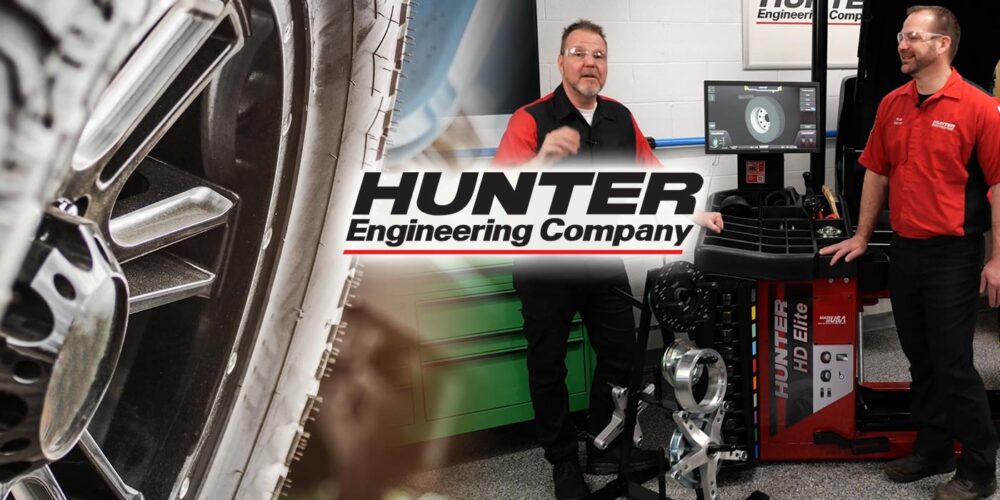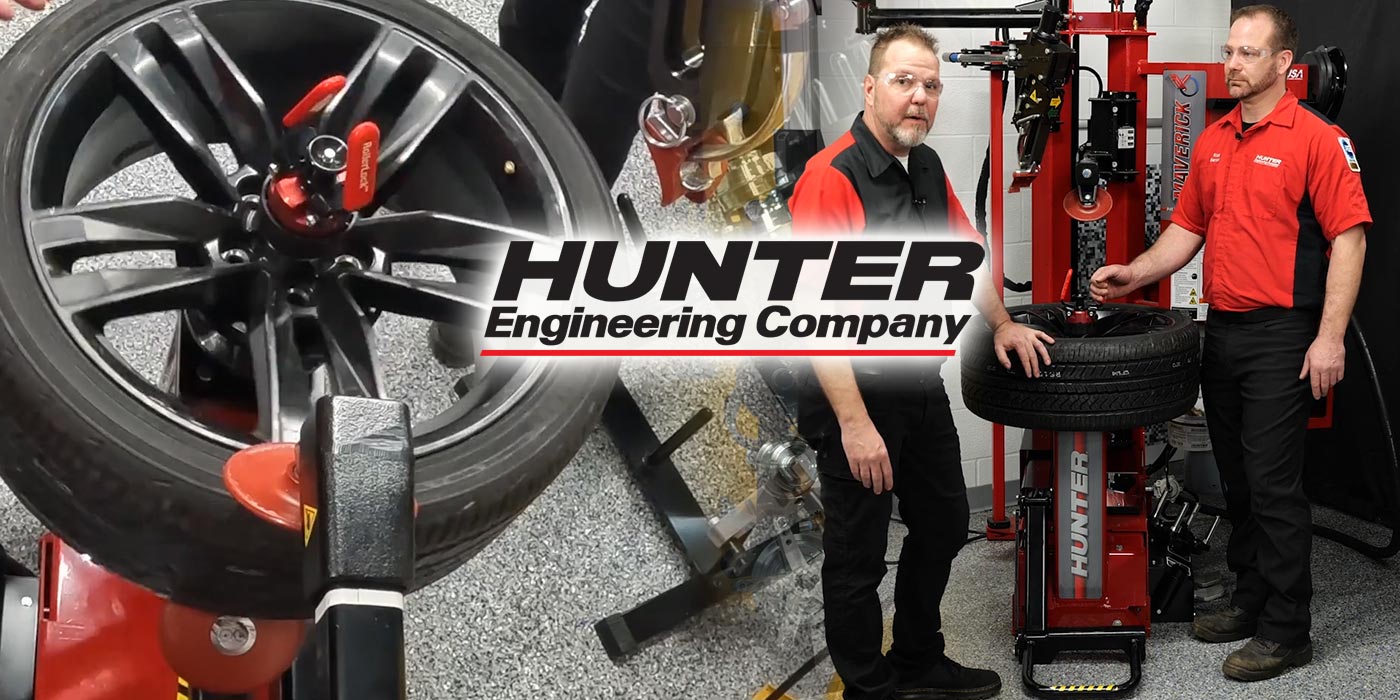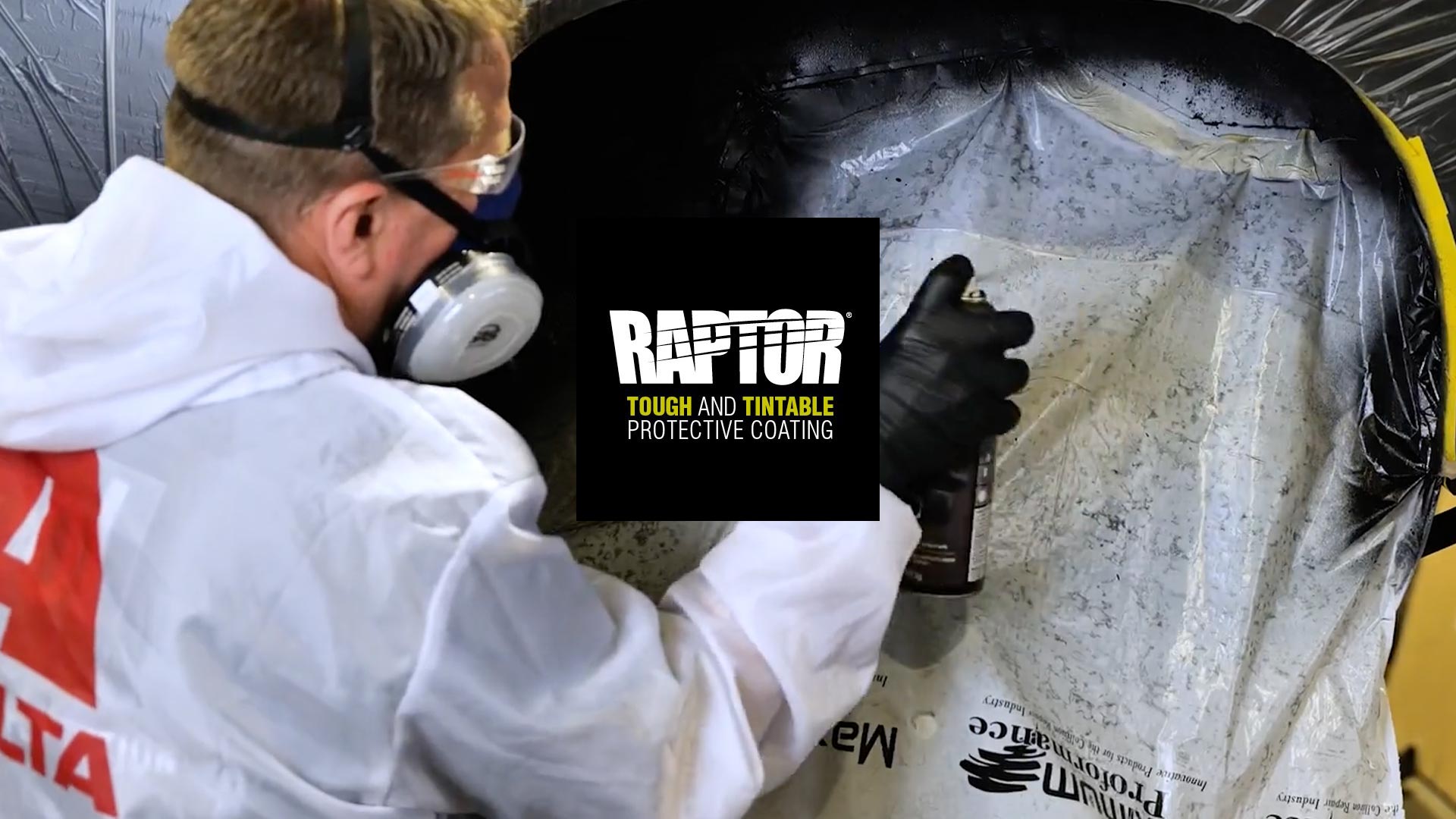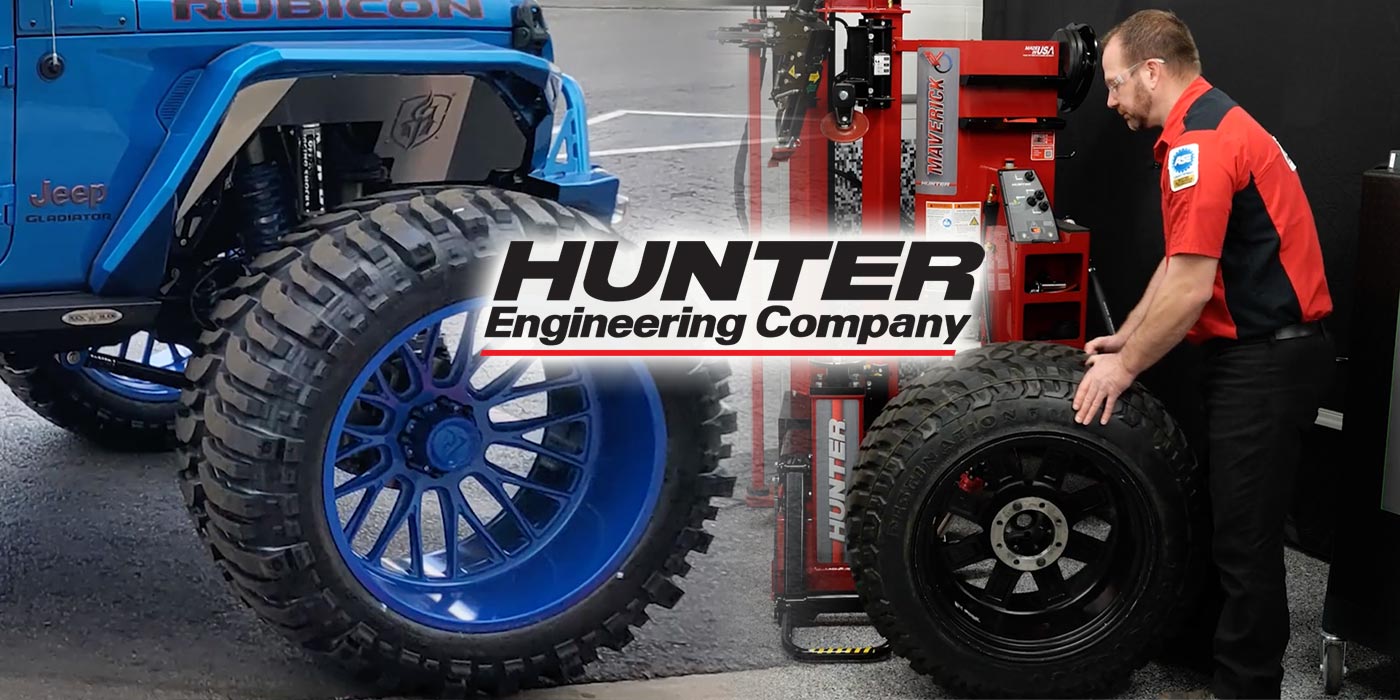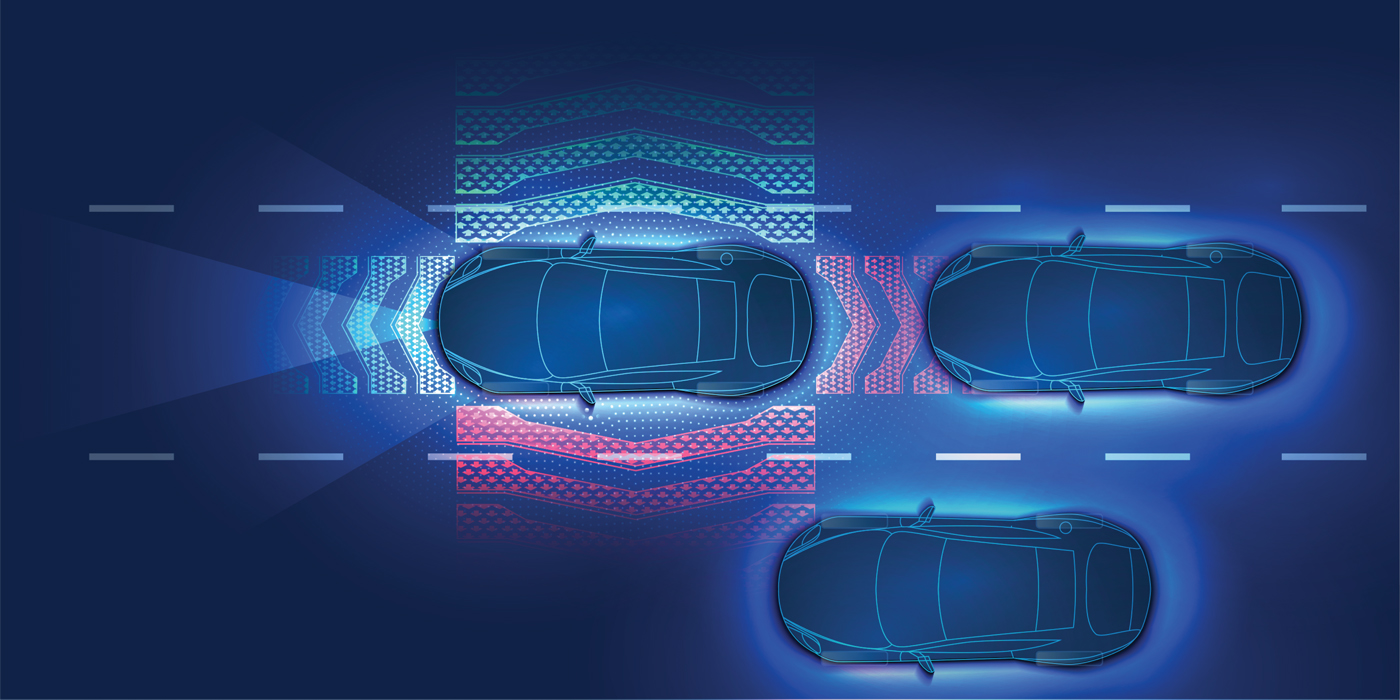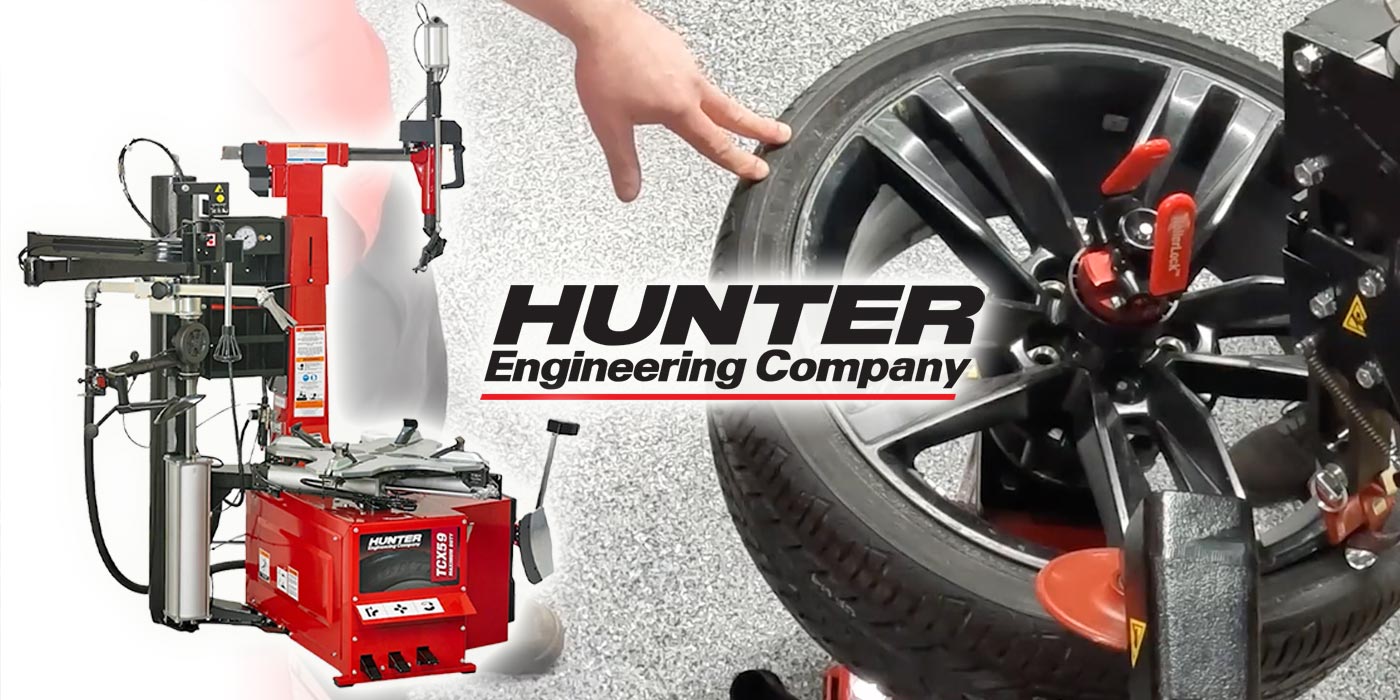Advanced driver-assistance systems, or ADAS, take vehicle safety to the next level. Features like automatic emergency braking, lane-keeping assist and adaptive cruise control are becoming standard on new vehicles. However, these complex systems require proper calibrations after repairs to function correctly.
Let’s talk about whether relying solely on a test drive is enough to verify ADAS performance in this Tire Review Continental Tire Garage Studio video.
A test drive checks basic vehicle functions — the engine, transmission, suspension and so on. However, you can’t confirm that radar, camera and other ADAS components are aimed accurately and operating properly during a test drive. These systems depend on precise mounting and setup and even minor deviations can degrade their capabilities.
After realigning sensors during repairs, calibration using manufacturer procedures is critical. ADAS combines data from various inputs, so each sensor must be calibrated individually before finalizing. This often requires special tools and target boards.
ADAS calibrations begin with a pre-scan, followed by a test drive to check for fault codes. The vehicle is then diagnosed following OEM procedures to calibrate individual components like radar, camera, lidar and wheel speed sensors. Static target recalibration confirms the proper aim.
The next step is a test drive that sticks to parameters like vehicle speed, road type and distance traveled. This dynamic calibration allows ADAS to relearn baseline readings while driving and a post-scan afterward validates the completed calibration with no remaining faults.
More than a simple test drive, ADAS calibrations are an in-depth, multi-step process requiring specialty tools, training and strict adherence to specifications. Don’t rely solely on a road test to confirm that your customer’s ADAS is calibrated properly after repairs.






